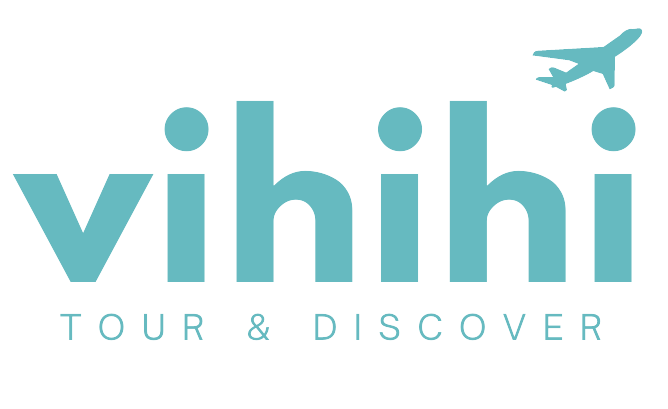Best Time to Visit Sapa:
- March to May (Spring):
- Weather: Mild temperatures and blooming flowers create a beautiful landscape.
- Highlights: This is an excellent time for trekking and enjoying the vibrant greenery of the terraced rice fields.
- June to August (Summer):
- Weather: Warmer temperatures and occasional rainfall. This is the rainy season, so expect lush landscapes but also potential for muddy trails.
- Highlights: The rice fields are at their greenest and most lush. Ideal for those who don’t mind a bit of rain and want to see the fields in their full splendor.
- September to November (Autumn):
- Weather: Cool and dry with clear skies, making it perfect for trekking and sightseeing.
- Highlights: This is harvest season, and the terraced fields turn golden, offering stunning views and photo opportunities. It’s also a great time for cultural festivals.
- December to February (Winter):
- Weather: Cooler temperatures, which can drop to near freezing, especially at higher altitudes. There’s a chance of light frost or even snow.
- Highlights: Fewer tourists, and the landscape has a unique, tranquil beauty. Prepare for cold weather and dress accordingly.
Best Time to Visit Hekou (Hà Khẩu):
- March to May (Spring):
- Weather: Pleasant temperatures and low humidity. This is a good time for exploring the town and its surroundings comfortably.
- Highlights: Ideal for sightseeing and enjoying the mix of cultures in a comfortable climate.
- June to August (Summer):
- Weather: Hot and humid, with occasional rainfall. The weather can be quite warm, so stay hydrated and prepare for sudden showers.
- Highlights: Summer can be vibrant with local festivals and markets. The lush green landscape is attractive, though the heat can be intense.
- September to November (Autumn):
- Weather: Cooler temperatures and lower humidity, making it a comfortable time for travel.
- Highlights: Autumn is a good time to visit for pleasant weather and to enjoy the local markets and cultural sites without the peak season crowds.
- December to February (Winter):
- Weather: Cooler temperatures, but usually not as cold as Sapa. It’s a quieter period with fewer tourists.
- Highlights: Winter can be a good time for a peaceful visit, though be prepared for chilly weather.
Summary:
- Sapa: The best times to visit are from September to November for the harvest season and clear weather, and from March to May for spring blooms. Winter can be chilly but offers a unique, serene experience.
- Hekou: Spring (March to May) and autumn (September to November) are ideal for comfortable weather and sightseeing. Summer can be hot and humid, while winter is quieter and cooler.
Choosing the right time to visit will enhance your experience based on weather preferences and the activities you want to enjoy.






